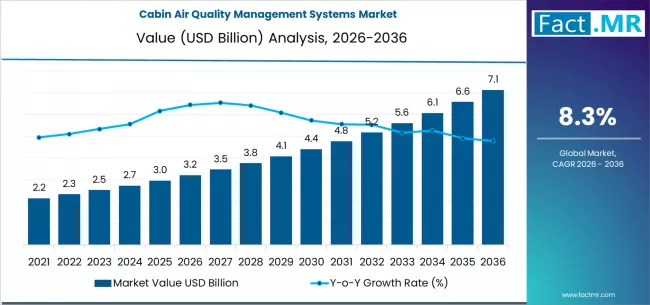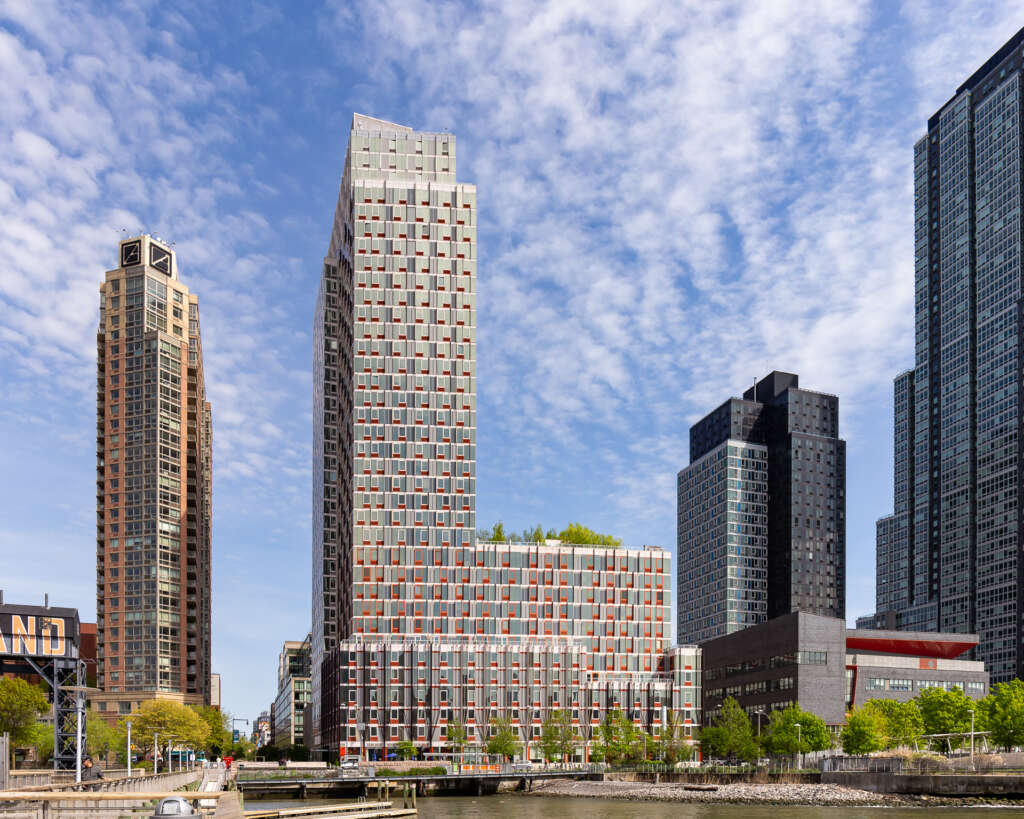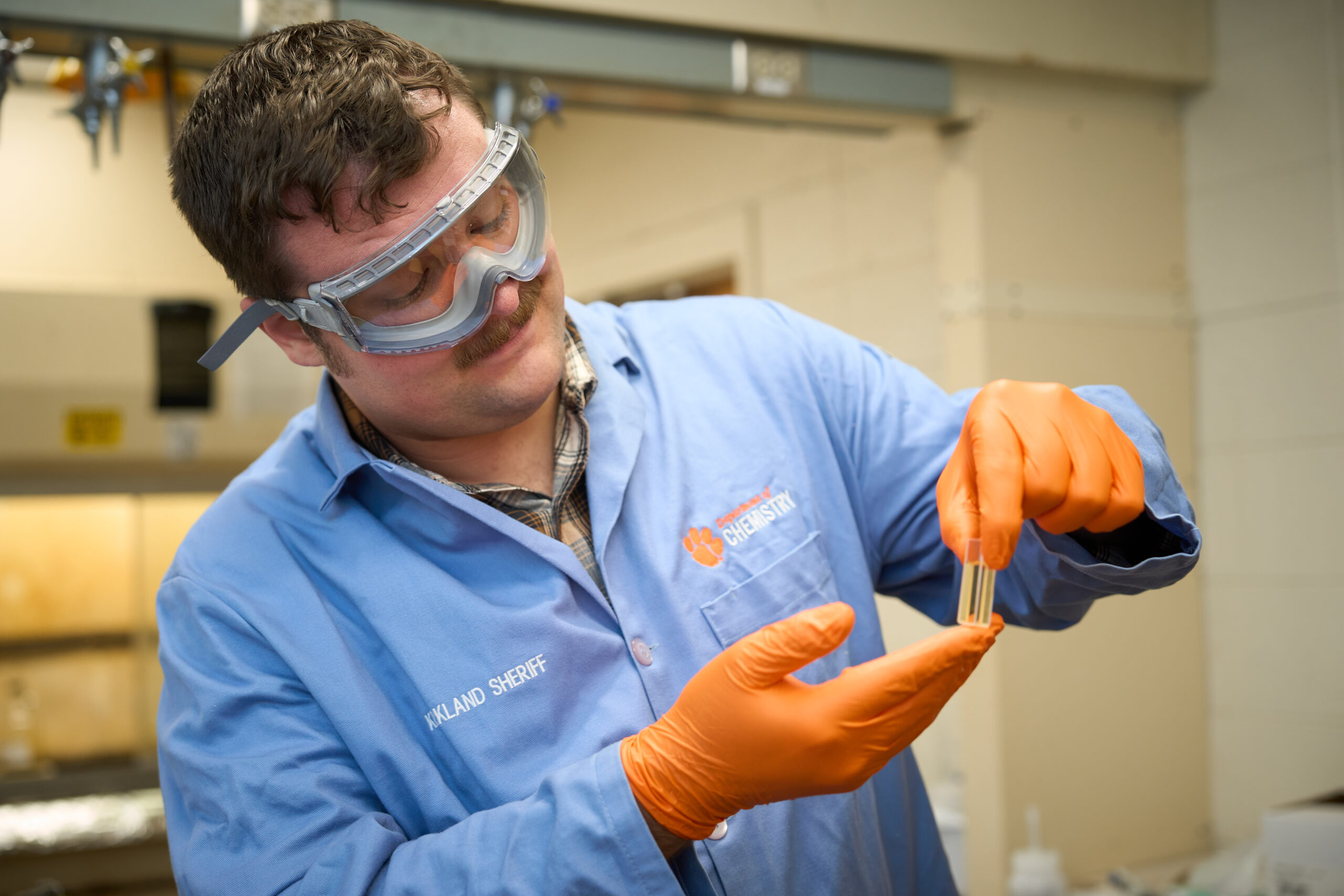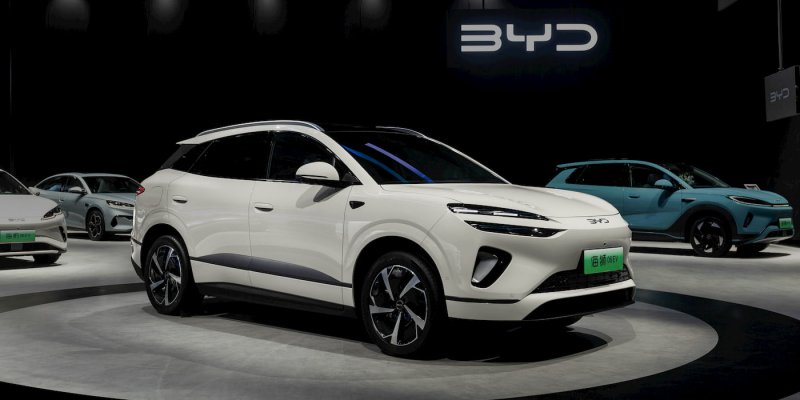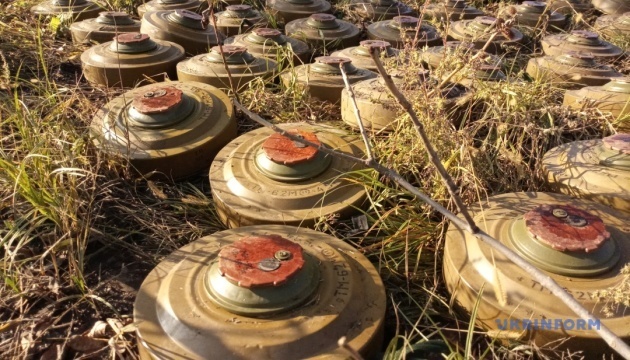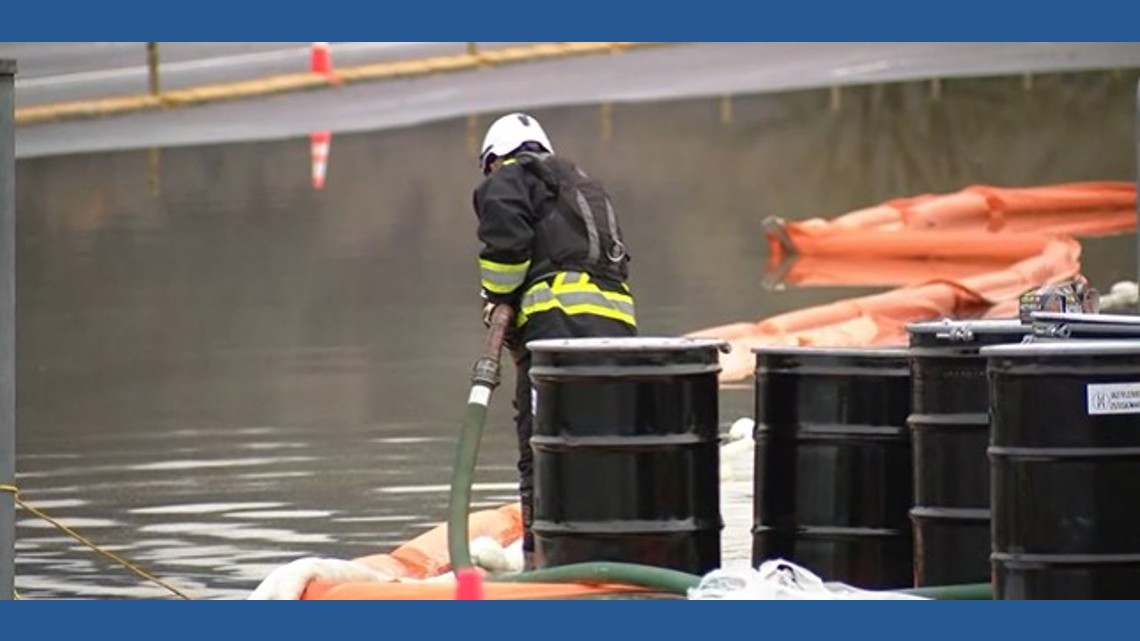Cement warms the planet. This green version just got a key nod of approval.
Companies like Brimstone are tackling cement's carbon problem, and have earned a certification for their carbon-negative product that matches industry standards. Their method, using carbon-free silicate rock, yields a CO2-absorbing byproduct. Gaining the industry's trust over long-used Portland cement is difficult, but this test is a promising next step to addressing this sector's undue climate impact.

“Being able to fit into existing standards,” said Anu Khan, a carbon removal expert at the environmental nonprofit Carbon180 that is unaffiliated with the company, “is really powerful for commercialization.”
Why cement is so carbon-intensive
The vast majority of cement used in the United States is called Portland cement. It’s made by baking limestone in a kiln at incredibly high temperatures, a process that unbinds the minerals into calcium oxide and carbon dioxide. Mixed with stone, sand and water, that calcium oxide glues it all together again to form concrete.
The carbon locked in the limestone, meanwhile, drifts into the atmosphere as CO2, warming the planet. That means not only do the fossil fuels used to heat to kiln give off carbon dioxide, the chemical reaction at the heart of cement manufacturing releases the climate-warming gas, too.
Brimstone, a 35-person start-up, has developed a different method for making cement. Instead of baking limestone, it starts with carbon-free silicate rock. Chemically extracting calcium oxide from silicate does not release carbon dioxide. In fact, a byproduct of the process is magnesium that can actually absorb CO2 from the atmosphere.
The company says its product meets the same standards as regular cement. But it’s hard for it to compete with a tried-and-true building material.
Portland cement is old, making it trusted among builders. It’s been used since the 18th century, giving architects and engineers decades of knowledge on how it works. It gets its name from the British Isle of Portland, where the stone for the process was first quarried.
“The biggest barrier to entry in terms of either decarbonizing cement or steel, or coming up with an alternative product that can be swapped in for one of those structural material, is typically the testing,” said Stacy Smedley, executive director at Building Transparency, a nonprofit focused on decarbonizing construction.
Given the lives at stake if a building collapses, she added: “Construction is a risk-averse sector.”
Taking the test
Brimstone commissioned Twining Consulting, an engineering firm, to help test its alternative cement — analyzing its air contents, measuring its setting time, compressing cubes of the stuff to test its strength. The result: Brimstone’s product met one of the most commonly used standards in the business, known as ASTM C150.
“Just to show that it can meet the same standards of the typical cement we use today, it’s a big day,” Smedley said.
Brimstone is still a ways from selling its cement. The company plans to build a pilot plant near Reno, Nev., before constructing a commercial-scale factory.
So far, the company has raised about $60 million, including $500,000 from the federal government’s Advanced Research Projects Agency-Energy. Investors include Amazon’s Climate Pledge Fund. (Amazon founder Jeff Bezos owns The Washington Post.) The Bill Gates-founded Breakthrough Energy Ventures, which also counts Bezos as an investor, has also backed Brimstone.
Congress is trying to further speed up development of the alternative concrete sector with a pot of money in the Inflation Reduction Act for low-carbon construction materials.
But Brimstone chief executive Cody Finke said concrete is still a climate problem relatively little money is spent on compared to automobile or power plant emissions.
“It’s a huge climate problem that almost no one works on.”
What is Your Reaction?
 Like
0
Like
0
 Dislike
0
Dislike
0
 Love
0
Love
0
 Funny
0
Funny
0
 Angry
0
Angry
0
 Sad
0
Sad
0
 Wow
0
Wow
0

